By Donna Woodward, UC Master Gardener of Napa County
If you haven't eaten Romano green beans fresh from the garden, you can't imagine how delicious they are. The difference between homegrown beans and the frozen or commercially farmed beans from the supermarket is astonishing. It's like the difference between fresh summer tomatoes and those you buy in the winter.
The Napa County Master Gardeners field-test group grew three varieties of Romano beans in spring 2019. The beans were so popular that we grew another three varieties in 2020. As a result, we had a total of six varieties to compare for ease of growth, yield and flavor.
Romano beans, also called Italian green beans, are large, flat beans, much broader than the familiar Blue Lakes or Kentucky Wonders. While we often refer to fresh beans as green beans, some varieties aren't green. We trialed yellow and purple varieties as well.
Romano beans also come in both pole and bush types. We tried one bush and two pole cultivars each year. All the seeds were purchased from Territorial Seed Company.
In 2019, we grew Helda, a green pole bean; Golden Gate, a yellow pole bean; and Purpiat, a purple bush bean. Last year, we tested Musica, a green pole bean; Violet Podded Stringless, a purple pole bean; and Capitano, a yellow bush type.
We tracked days to germination, days to harvest, vigor and pest problems. We noted whether the gardener planted the beans in raised beds or in the ground, and the method of watering.
As you might expect, we experienced a lot of variation. Some of the varying results reflected unforeseen circumstances, such as a hot spell, a vacation or an irrigation failure. Members of the field-test group also reside in different parts of Napa Valley, with different conditions. The committee had nine participants in 2019 and a dozen last year. Given these issues, we can reliably report only broad observations, not conclusions.
Both years, the green pole beans were the favorites for flavor. The other two pole varieties, Golden Gate and Violet Podded stringless, scored high but took second place in their respective years. The two bush varieties were less impressive.
The purple beans, both pole and bush types, scored high in attractiveness, but only when raw. When cooked, they turn a bluish green. Violet Podded stringless is beautiful on the vine but doesn't look like a classic Romano bean. Color aside, it is slightly rounder and firmer than the green and yellow varieties, which are flatter and a little longer. Many testers found Violet Podded to be a bit tougher and less flavorful than the other pole varieties.
The pole beans excelled in productivity, too. Because they grow vertically, they yield more per allotted space, but even on a per-plant basis, pole beans yielded more.
It's a little more trouble to establish the climbers because you need to provide a six- to eight-foot trellis, string or other support for them to climb. But once the support is in place, pole beans are much easier to tend and pick. Bush beans may be a better choice for someone with a deep raised bed. Even bush beans may need some support, such as a small cage. Some bushes get large, and if the beans are heavy, as Romanos are, the plants can fall over if not supported.
Beans are easy to grow and can be planted as late as June in our area. We planted seed directly in the garden, in early May, in both years. On average, seed germinated in one week and with a 75 to 80 percent success rate. Beans were ready to harvest 60 to 70 days after planting.
Only a few gardeners experienced pest issues with young plants. One gardener who reported insect damage used a flashlight to check the plants after dark. Earwigs were the culprits, and she trapped them with rolled-up newspaper. Another gardener noticed some leaf damage from a larger animal but solved the problem by covering the plants with tulle until they got bigger. Once the plants reached maturity, they had few pest problems.
One issue that was not easy to tabulate was optimum harvest size. Young beans are the most tender. If allowed to develop bulging seed pods, they will be tough. All of the trialed varieties were classified by Territorial as stringless, but if allowed to stay on the vine too long, they will develop tough strings. To enjoy the best quality, pick them young and pick frequently.
Many of our testers had not grown Romano beans before, but after the first trial, all said they would grow them again. I know I will never again have a summer garden without them.
Food Growing Forum: Second Sunday of the month through November. Sunday, May 9, 3 pm to 4 pm: “Beans and Summer Pruning of Fruit Trees.” Register to get Zoom link: https://ucanr.edu/survey/survey.cfm?surveynumber=33586
Workshop: On Saturday, May 1, UC Master Gardeners of Napa County will hold a virtual workshop on “Flowers & Foliage for the House” from 10:00 am to noon. Learn about growing your own annuals and perennials for cutting and get tips on creating arrangements. Register to get the Zoom link: http://ucanr.edu/2021Flowers&FoliageMay
Library Talk: On Thursday, May 6, from 7 pm to 8 pm, UC Master Gardeners of Napa County will hold a virtual talk on “Right Tree, Right Place: Making Smart Tree Choices for Your Landscape.” Register to get the Zoom link: http://ucanr.edu/2021MayRtTreeRtPlace
Tree Walk: On Tuesday, May 11, from 10 am to noon, UC Master Gardeners of Napa County will host a docent-guided tree walk in Fuller Park in Napa. Group size is limited to seven. To register: https://bit.ly/2Qg3tib
Got Garden Questions? Contact our Help Desk. The team is working remotely so please submit your questions through our diagnosis form, sending any photos to mastergardeners@countyofnapa.org or leave a detailed message at 707- 253-4143. A Master Gardener will get back to you by phone or email.
For more information visit http://napamg.ucanr.edu or find us on Facebook or Instagram, UC Master Gardeners of Napa County.
Attached Images:
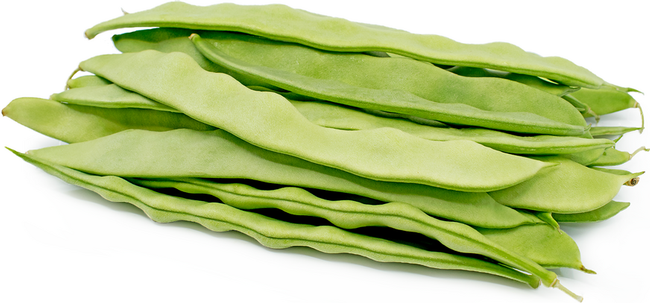
Romano beans, flatter than Blue Lakes. (specialtyproduce.com)
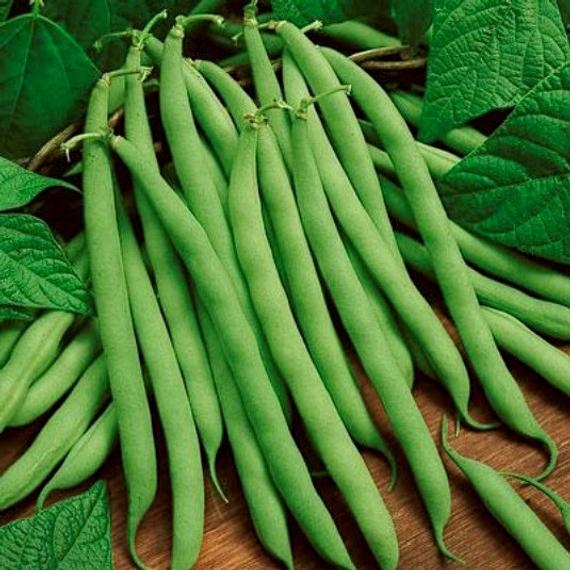
Here are the Blue Lake green beans. (etsy.com)
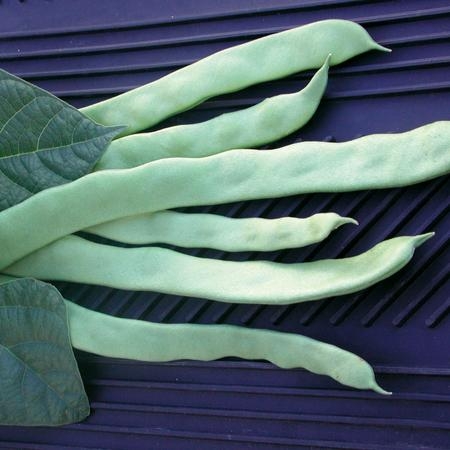
Helda Romano pole bean. (territorialseed.com)
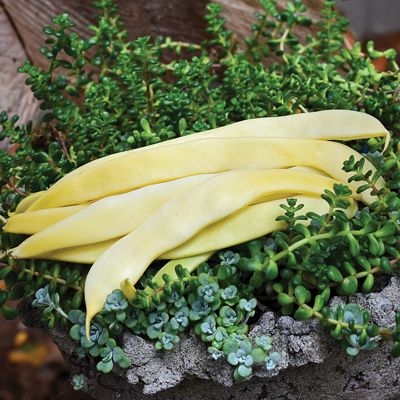
Golden Gate Romano pole bean. (pinterest.com)
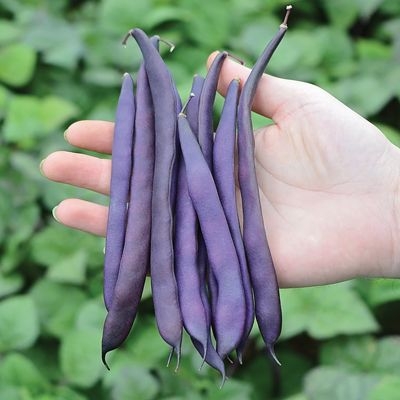
Violet Podded stringless bush bean. (pinterest.com)
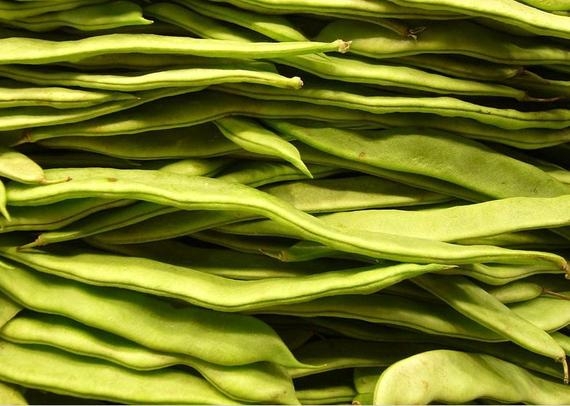
Musica pole bean. (etsystudio.com)
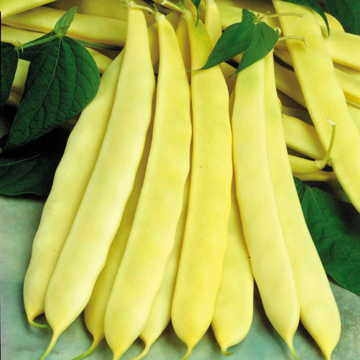
Capitano bush bean. (parkseed.com)
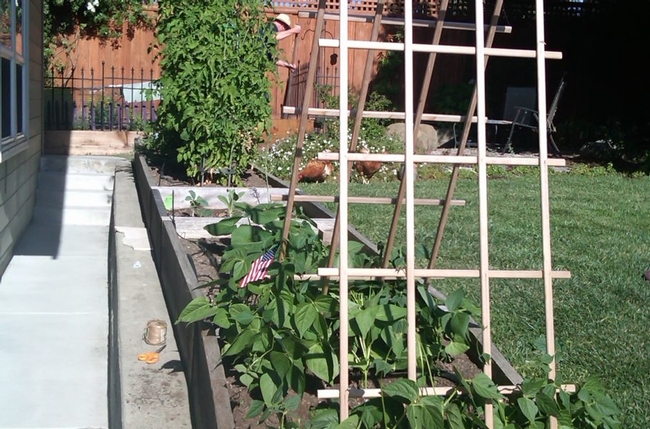
Provide strong and tall support for pole beans. (hensongs.com)
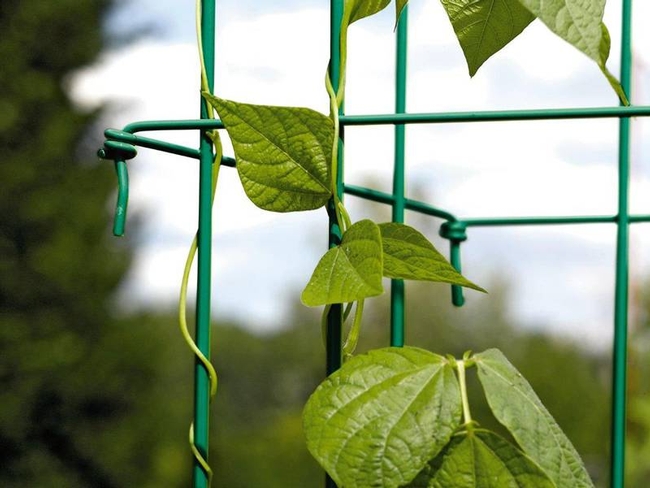
Bush beans benefit from support, too. (walcoom.com)
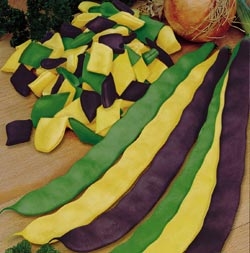
Colors of Romano beans (chubeza.com)